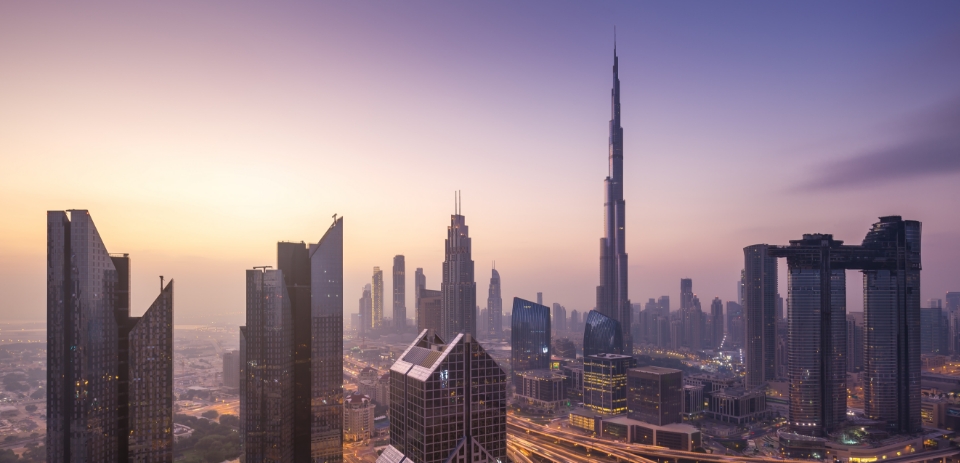
Report
Downstream growth in the Middle East
Global energy demand in 2050 will be around 8% lower than today, but it will be expected to service an economy twice as large, with a staggering 2bn more people (totalling 9.8bn by mid-century). The urgency of meeting this challenge has been magnified by the severe warnings from COP26 – the world’s biggest climate gathering.
This White Paper, jointly created with Gulf Intelligence, highlights and explores the key takeaways made by high-level energy executives at a roundtable hosted by Wood in Abu Dhabi. Leaders across national oil companies (NOCs), international energy companies and their partners openly discussed the critical question: How can the Middle East leverage its natural resources to spur global decarbonisation?

Great enthusiasm currently surrounds the development of clean hydrogen, with some calling it the “new oil of the 21st century”. If the Middle East continues to act proactively, it could become a global leader in clean hydrogen application in the steel, cement, shipping, aviation and aluminium sectors. However, the actual market is still minimal and there is a long way to go in just eight years.
Putting a price on carbon is not a simple endeavour, but it is an essential one. Decades of start-stop efforts must evolve into clear carbon pricing policy to provide energy stakeholders and investors with much needed visibility.


As the energy landscape evolves, so must the minds that power it. As a leader in oil, the world's most commercialised commodity market, the Middle East region has deep rooted technical expertise when it comes to maximising energy resources. The value of national and imported talent cannot be underestimated, but the talent pool and mindset must also evolve.
Strengthening digital awareness, from the classroom to the boardroom, is vital in helping the Middle East efficiently leverage its natural resources. A data-led approach to boost transparency, accuracy and pinpoint even opaque operational trends that support decarbonisation is now a “must have” of boardroom agendas.


Driving the development of sustainable aviation fuel (SAF) is a major and untapped opportunity in the Middle East. SAF derived sources, such as algae, jatropha, or waste by-products, have been shown to reduce the carbon footprint of aviation fuel by up to 80% over their full life cycle.